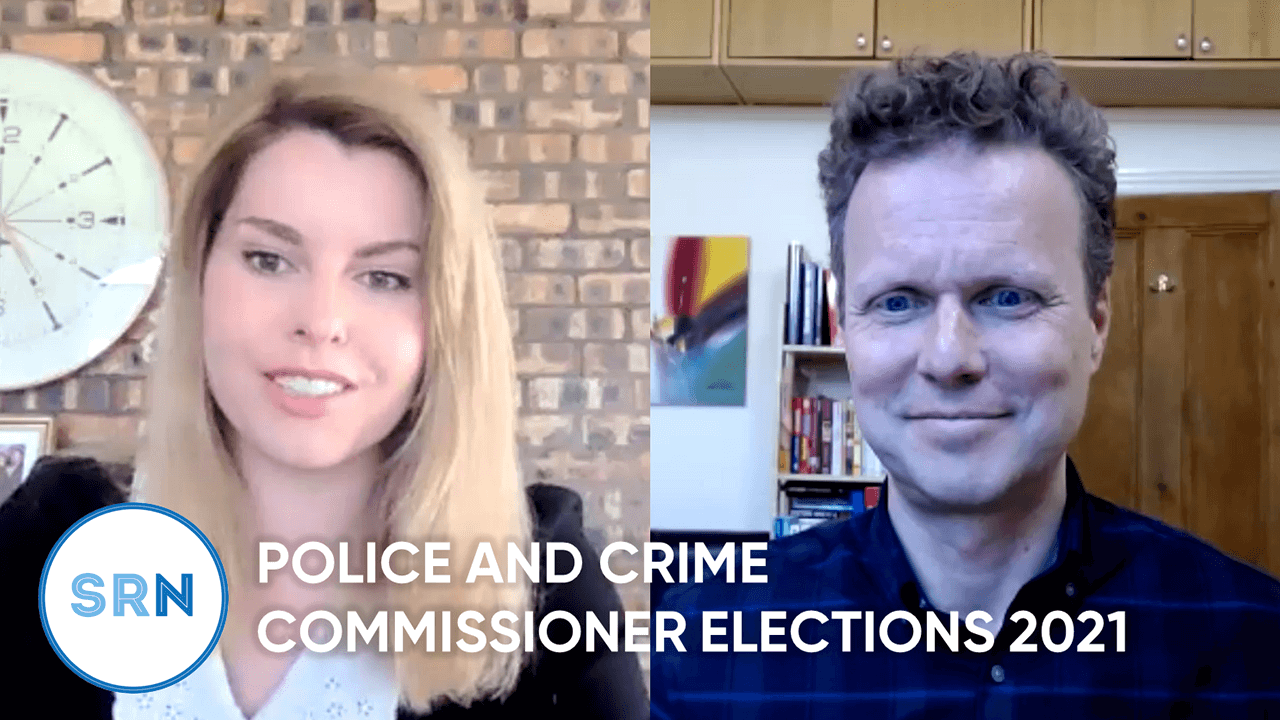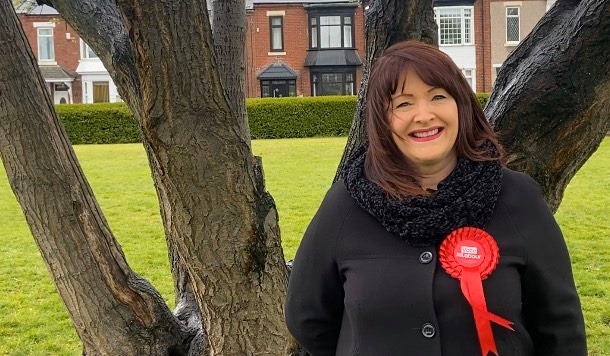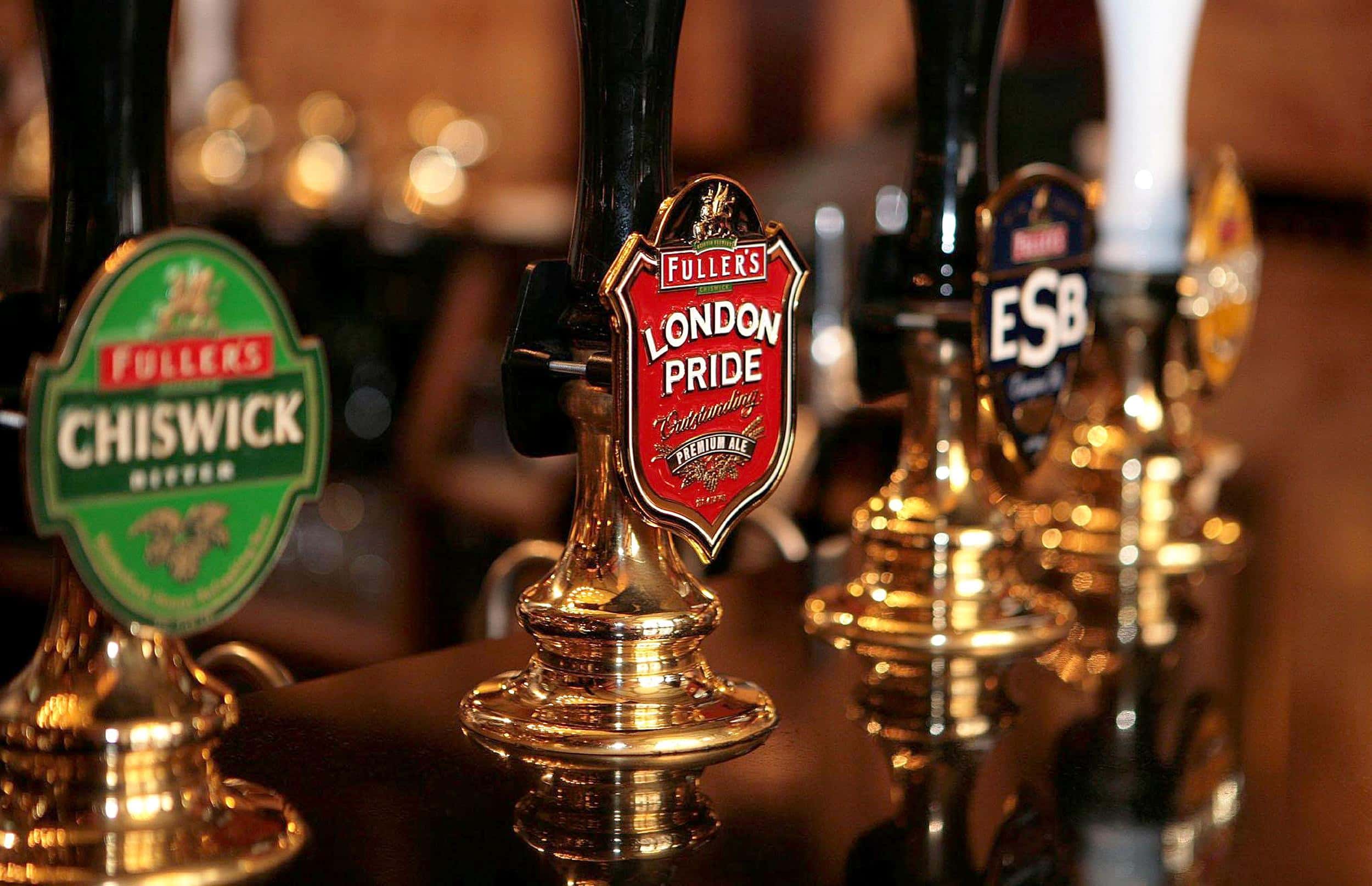It came with no great shock that the Labour party held all three Sunderland seats. The city has been a Labour stronghold for numerous years and there was very little chance of that changing in the 2017 election. Bridget Phillipson, Julie Elliot and Sharon Hodgson all held their respective seats in Houghton and Sunderland South, Sunderland Central and Washington and Sunderland West.
Although the results weren’t surprising, there were a few talking points that arose from the night:
People were more engaged:
One of the biggest talking points was the rise in the turn out of voters, with all three constituencies seeing substantial increases in the number of people visiting the voting booths.
All parties were keen to express how important this election was and how vital voting was. It seems to have worked.
The table below shows the how this year’s turn out compare to the 2015 General Election:
| Location | 2015 Turn out | 2017 Turn out | Rise |
| Houghton and Sunderland South | 56.33% | 61% | 4.67% |
| Sunderland Central | 57.24% | 62.1% | 4.86% |
| Washington and Sunderland West | 54.63% | 60.4% | 5.77% |
Could the lack of UKIP support benefit Labour?
There was a strong suggestion in the build up to the election that UKIP would struggle to gain a single seat in the house of commons and that post-Brexit, people had lost interested and trust in the party.
The general assumption was that if voters were to leave UKIP, they would vote Conservative.
However, this did not seem to be the case in Sunderland.
Although the Conservatives clearly gained from people stopping their support for UKIP, Labour also saw a sharp increase which could also be related to UKIP’s falling numbers.
Dr Peter Hayes, a senior political lecturer at University of Sunderland, explained to SRNews how the lack of UKIP support could be better for Labour that the Conservatives: “The drop in UKIP voters hasn’t especially benefited the Conservatives and that, fairly evenly, it is split between Conservative and Labour. If that is the case, that’s good news for Labour.”
Did Labour’s appeal to young people Work?
Since the start of the campaign, Labour stressed they are a party “for the many, not the few.” Jeremy Corbyn also wanted to get young people interested in politics and to help drive this, he was even interviewed by grime artist JME.
This, as well as several pledges in their manifesto targeted directly at young people, Labour felt would be their best chance on securing more seats. Looking to build up trust with 18-25 year olds and first time voters.
But did young people see any appeal? There is the argument to suggest that the young people of Sunderland found themselves engaging in politics, because of Labour’s campaign. This would also explain why all of the Labour candidates saw such growth in their votes and help to understand how the turnout increased as much as it did.
Stay up-to-date with all the latest election news as well as what is happening around the North East on SRNews’ Facebook and Twitter.



